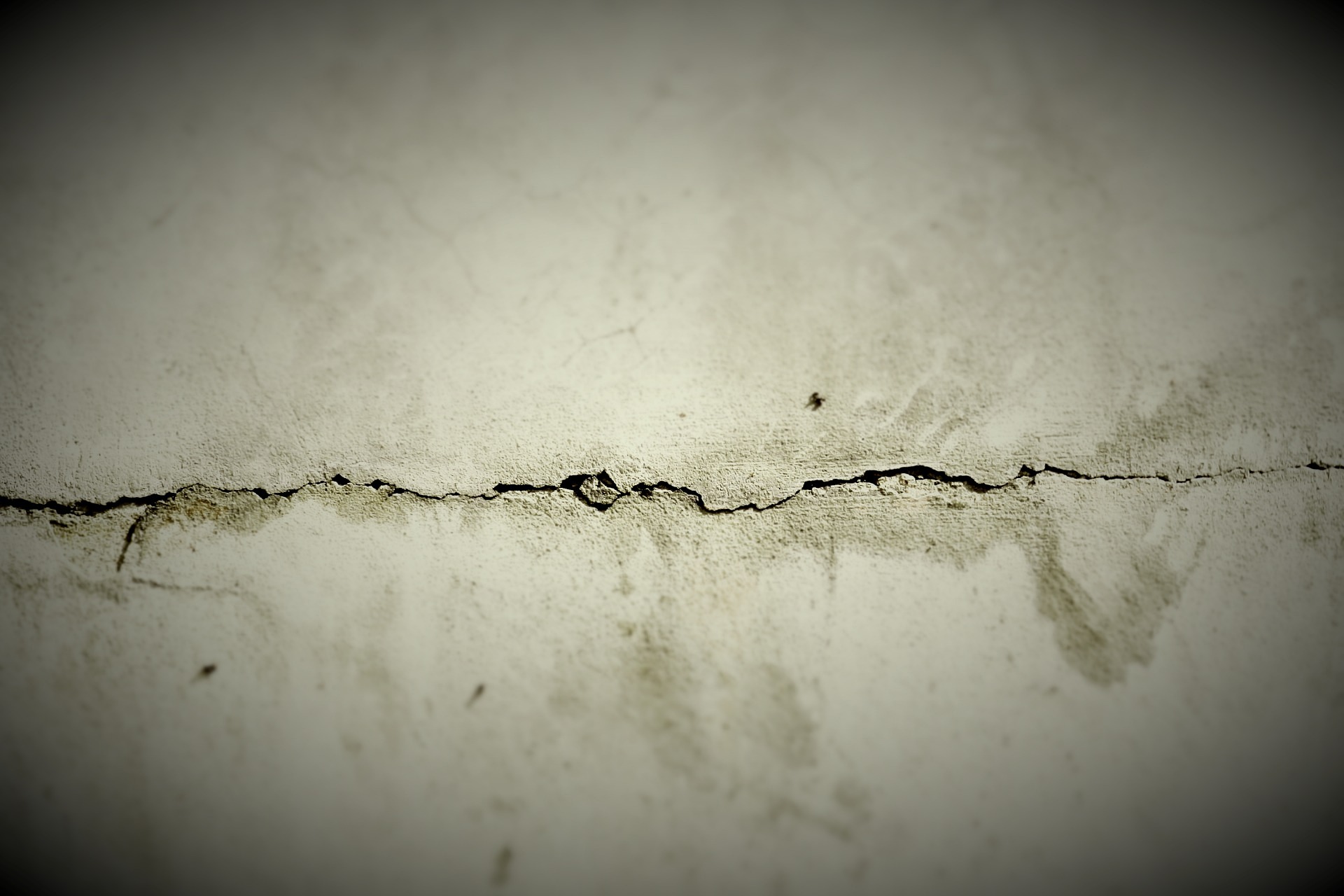Concrete Crack Repair: Methods, Causes, and Long-Term Care
Concrete cracks are common but can lead to structural, aesthetic, and safety issues if ignored. Understanding why cracks form, how to assess their severity, and which repair methods suit different situations helps property owners make informed choices. This article explains common causes, steps to evaluate damage, practical DIY and professional repair options, and strategies to prevent future cracking. The goal is to give clear, factual guidance so you can preserve concrete surfaces — sidewalks, driveways, foundations, and slabs — with appropriate repairs and maintenance.

What causes concrete to crack
Concrete cracks for several predictable reasons. Thermal expansion and contraction create movement that concrete resists, leading to stress cracks. Shrinkage as concrete cures is another common cause, especially if water content was high or curing was too rapid. Overloading, settling soils, freeze-thaw cycles, and corrosion of reinforcing steel each produce distinctive crack patterns. Hairline cracks differ from structural cracks in width and propagation. Identifying the root cause matters because surface patching may be adequate for shrinkage cracks, while underlying soil issues or reinforcement failure require deeper investigation and repair.
How to assess crack severity
Evaluate cracks by width, length, location, and whether they are active (continuing to grow). Measure widths with a ruler or feeler gauge: hairline cracks under 1/16 inch are usually nonstructural; cracks wider than 1/4 inch often warrant further action. Vertical or transverse cracks in slabs may indicate settling; stair-step cracks in masonry suggest differential movement. Monitor suspect cracks over weeks to see if they widen or reappear after repairs. Also look for related signs—water infiltration, misaligned doors/windows, or sagging floors—that point to structural concerns requiring engineering assessment.
Which repair methods suit which cracks
Repair choice depends on crack type and cause. For nonstructural surface cracks, simple remedies like polymer-modified cementitious fillers, epoxy injections, or flexible sealants restore appearance and reduce water penetration. Structural cracks often need epoxy injection to restore tensile strength or polyurethane foam injection to seal and provide flexibility where movement continues. Large or recurring cracks tied to foundation settlement may require underpinning or soil stabilization before topping up the concrete. Always match the repair material’s flexibility, adhesion, and durability to the expected movement and exposure conditions.
DIY repair steps for small cracks
For small, nonstructural cracks, homeowners can follow a systematic DIY approach: clean the crack of loose debris and dust, widen narrow hairline cracks slightly with a chisel or angle grinder for better material bonding, flush with water and let dry, then apply an appropriate repair material—cementitious patch, epoxy, or a flexible concrete caulk—according to manufacturer instructions. Finish and tool the surface for a smooth appearance, and allow full cure time before subjecting the area to traffic. Proper preparation and correct product selection are key to durable DIY results.
Professional techniques and when to hire help
Professional concrete repair contractors bring specialized tools and materials and can address complex conditions. Pros can perform structural epoxy injection, routing-and-sealing with high-performance sealants, slab lifting (polyurethane foam or mudjacking) for uneven slabs, and reinforcement repairs that prevent corrosion-driven cracking. If cracks are large, recurrent, associated with settlement, or affect load-bearing elements, consult local services or a licensed structural engineer. Professionals also help select long-term solutions, provide warranties for workmanship, and coordinate repairs that integrate with other trades if foundation or drainage work is required.
Maintenance and prevention strategies
Preventive maintenance reduces future cracking and extends concrete life. Maintain stable subgrade drainage to keep soils from swelling or eroding; ensure gutters and downspouts divert water away from slabs. Control joints and reinforcement placement during installation limit uncontrolled cracking, while proper curing practices minimize shrinkage. For existing concrete, sealers and breathable coatings can reduce water penetration and freeze-thaw damage. Regular inspections every season let you catch new cracks early and address them with suitable filler or professional repair before they widen or allow moisture to create more serious problems.
Conclusion
Concrete crack repair ranges from simple surface patching to engineered structural fixes. Accurate assessment of cause and severity guides the choice of repair method, whether DIY for minor cracks or professional intervention for structural concerns. Routine maintenance and addressing drainage or subgrade issues are as important as the repair itself to prevent recurrence and protect the longevity and safety of concrete surfaces.






